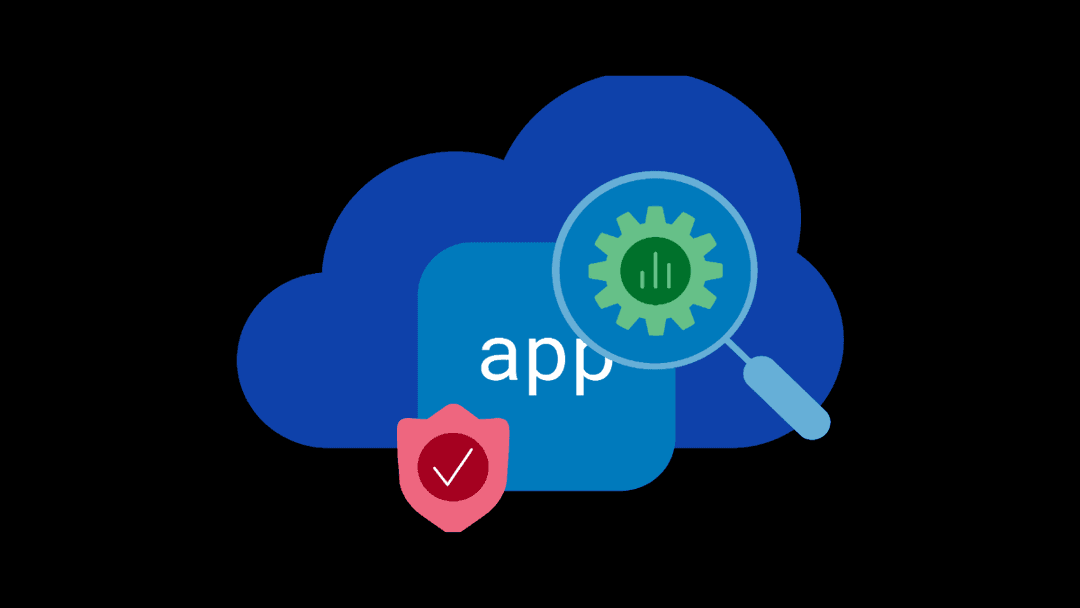Network slicing is one of the most important 5G innovations available to mobile operators.
Across the industry, experts are falling over themselves to enthuse about the future benefits. However, fewer realise that aspects of its technological impact can already be leveraged today. Network slicing effectively allows a mobile operator to subdivide one physical network into multiple logical networks (network slices). Each ‘slice’ is provisioned to deliver specific network characteristics such as throughput, latency, and priority, depending on the underlying use case.
This is particularly important as 5G networks will be leveraged to support a wide variety of use cases across different industry verticals – from automotive and agriculture to healthcare, transportation, logistics, and beyond. With dynamic end-to-end network slicing, the industry can begin to move to a model where services expand and contract network resources as traffic demands.
For example, video streaming, which will become increasingly prevalent with 5G, requires high throughput yet is generally capable of handling medium-to-high latencies. A self-driving car on the other hand relies on ultra-low latency connections to guarantee road safety.
In IP transport networks, network slicing can be achieved to a certain extent via VPN technologies. By contrast, 5G network slicing is unique in that it can be extended all the way into the radio network. Resources can then be allocated and dedicated to different network slices. Consequently, a use case like self-driving cars can be mapped to a network slice that guarantees low latency bearers all the way from the radio to the core network.
Network slicing today
With growing pressure to stay ahead of the curve for Internet of Things (IoT) and Mobile Virtual Network Operator (MVNO) demands, mobile operators are increasingly showing interest in network slicing at the mobile core level in existing 3G and 4G networks (which do not support slicing at the radio level).
Current techniques to map subscriber sessions to mobile core elements such as Serving Gateways (SGW) and Packet Data Network Gateways (PGW) are based on Domain Name Systems (DNS) and leverage location and Access Point Name (APN) info.
This type of approach is limited. Firstly, it is not possible to allocate a range of devices or user groups to specific SGWs, as location info is used to map users. Furthermore, the only way to map user groups or ranges of devices to different PGWs is to create a new APN for every new user group or device range. It is a cumbersome way to isolate and segment various IoT use cases at the mobile core level.
Fortunately, there are technological fixes out there. F5 Networks, for example, can help service providers overcome these difficulties today. Instead of relying on standard DNS techniques to make SGW and/or PGW selection for every user session, the F5 GTP Session Director can make much more granular decisions.
Every GTP session initiated by the end user device is intercepted and based on locally configured policies. The GTP session is then directed to an SGW and/or PGW as determined by the local policy. For instance, a smart metering use case might have IoT devices equipped with SIM cards within a specific International Mobile Subscriber Identity (IMSI) range. The local policy in the GTP Session Director can map this specific IMSI range to a set of specific SGWs and/or PGWs.
The same principle can be applied where MVNOs share the APN name with the mobile operator. Again, the IMSI range will force the GTP Session Director to channel the user sessions belonging to that MVNO to a dedicated PGW that only manages MVNO sessions.
The 3rd Generation Partnership Project (3GPP) has defined new elements and techniques (DECOR and eDECOR) to provide some pre-5G slicing techniques. F5’s Session Director stands out for not relying on new attributes or requiring any network element upgrades to provide network slicing at the SGW and PGW level. This ensures mobile operators can intelligently leverage the capacity of their pre-5G installed base of SGWs and PGWs for new use cases without having to create new APNs.
Learn more about F5 service provider solutions at: https://f5.com/solutions/service-provider
About the Author

Related Blog Posts

SaaS-first strategies reshape cloud-native application delivery
F5 NGINXaaS empowers cloud and platform architects to unify operations, reduce complexity, and deliver exceptional digital experiences at scale.

F5 ADSP Partner Program streamlines adoption of F5 platform
The new F5 ADSP Partner Program creates a dynamic ecosystem that drives growth and success for our partners and customers.

Accelerate Kubernetes and AI workloads with F5 BIG-IP and AWS EKS
The F5 BIG-IP Next for Kubernetes software will soon be available in AWS Marketplace to accelerate managed Kubernetes performance on AWS EKS.
F5 NGINX Gateway Fabric is a certified solution for Red Hat OpenShift
F5 collaborates with Red Hat to deliver a solution that combines the high-performance app delivery of F5 NGINX with Red Hat OpenShift’s enterprise Kubernetes capabilities.
F5 Silverline Mitigates Record-Breaking DDoS Attacks
Malicious attacks are increasing in scale and complexity, threatening to overwhelm and breach the internal resources of businesses globally. Often, these attacks combine high-volume traffic with stealthy, low-and-slow, application-targeted attack techniques, powered by either automated botnets or human-driven tools.
Phishing Attacks Soar 220% During COVID-19 Peak as Cybercriminal Opportunism Intensifies
David Warburton, author of the F5 Labs 2020 Phishing and Fraud Report, describes how fraudsters are adapting to the pandemic and maps out the trends ahead in this video, with summary comments.
